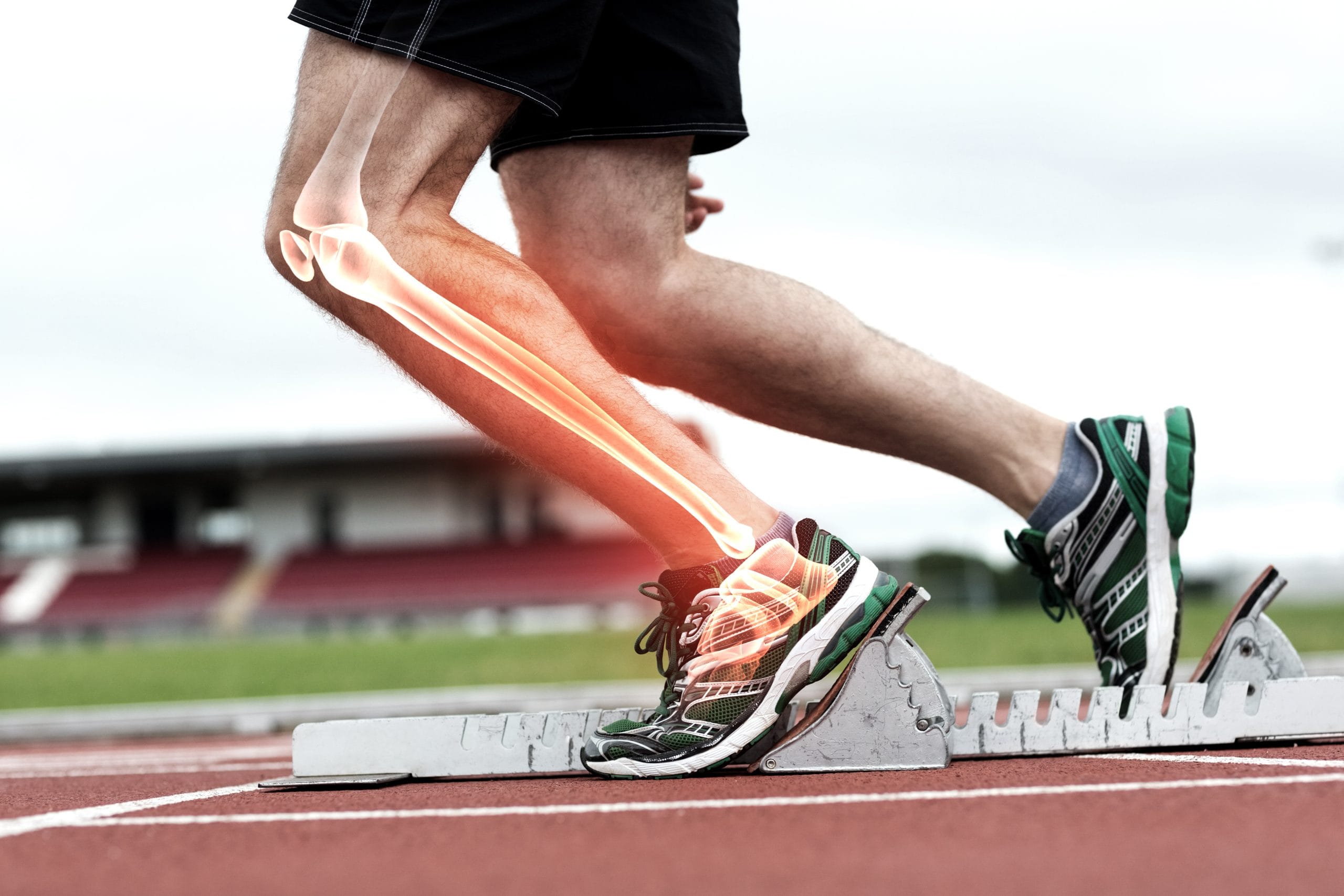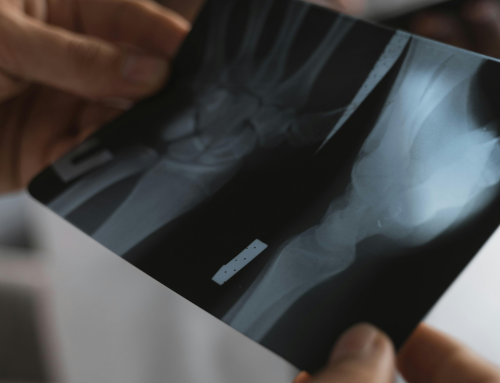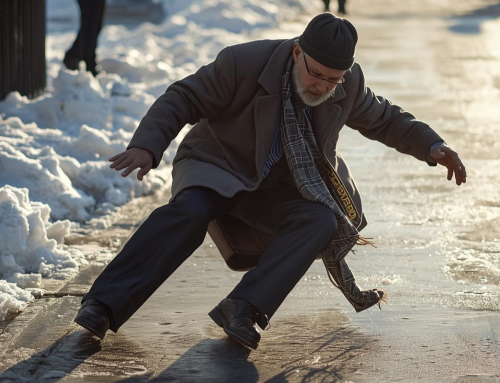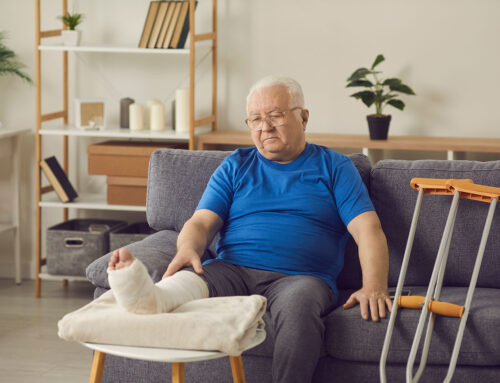As a runner, experiencing leg pain can be frustrating and concerning, especially when it hinders your ability to train effectively. It’s crucial to distinguish between common issues like shin splints vs. stress fracture. Understanding the nuances of these ailments can empower you to make informed decisions about treatment and recovery. In this article, we’ll explore the key differences between shin splints and stress fractures, helping you pinpoint the source of your discomfort and get back on track toward achieving that exhilarating runner’s high.

Decoding Runner's Leg Pain
Runners often push their bodies to the limit, which comes with the risk of injuries such as shin splints and stress fractures. These conditions are not only painful but can also sideline you from your training routine. Recognizing the subtle differences between shin splints and stress fractures can be pivotal in managing your health and continuing to pursue your running goals.
Defining Shin Splints
Shin splints, medically known as medial tibial stress syndrome, are characterized by pain along the inner edge of the shinbone. They affect between 13.6% and 20% of runners. This discomfort typically arises from overuse and can affect athletes who suddenly increase their training intensity.
Symptoms of Shin Splints
Typically, the discomfort manifests as a dull ache along the front or inner part of the shin, intensifying during and after physical activity. The pain may subside with rest but can return with renewed intensity upon resuming exercise. Identifying the precise location and timing of the pain is crucial in distinguishing shin splints from more serious injuries.
Causes of Shin Splints
The primary culprit behind shin splints is overuse, often exacerbated by improper training techniques. Runners who increase their mileage or intensity too quickly are at heightened risk. Additional risk factors include flat feet, wearing unsupportive footwear, and running on hard or uneven surfaces. Addressing these factors and focusing on a gradual progression is critical to preventing the condition.
Tips for Preventing Shin Splints
Preventing shin splints requires a multifaceted approach. Start by gradually increasing your training intensity to allow your body to adapt. Invest in quality footwear that provides adequate support and cushioning. Vary your running surfaces to reduce the impact on your shins. Strength training exercises targeting the lower legs can also help fortify the muscles and tendons against injury.
Managing Shin Splints
Recovering from shin splints involves a combination of rest, ice, compression, and elevation (RICE). Resting allows your body to heal, while ice and compression can reduce inflammation. Gradually reintroduce low-impact activities like swimming or cycling to maintain fitness without exacerbating the injury. Physical therapy and strengthening exercises can aid in recovery and prevent future episodes.
Understanding Stress Fractures
Stress fractures are tiny cracks in the bone that result from repetitive force. They are often seen in athletes who engage in high-impact sports. Unlike shin splints, which affect the soft tissue, stress fractures directly impact the bone. They commonly occur in weight-bearing bones such as the tibia, femur, and metatarsals. Factors contributing to stress fractures include poor nutrition, inadequate recovery time, and a sudden increase in physical activity.
Stress Fracture Symptoms
Stress fractures present with sharp, localized pain that worsens with weight-bearing activities. Unlike the discomfort of shin splints, stress fracture pain is concentrated in a specific area and can even occur during rest. Swelling and tenderness around the affected region are common indicators. If left untreated, stress fractures can progress to more severe injuries, underscoring the importance of early detection and management.
Stress Fracture Causes
Stress fractures arise from repetitive stress on the bones, compounded by insufficient recovery. Factors such as poor bone density, inadequate nutrition, and overtraining can contribute to the risk. Women, in particular, should be aware of the female athlete triad—a condition characterized by disordered eating, amenorrhea, and osteoporosis—which can predispose them to stress fractures.
Avoiding Stress Fractures
To avoid stress fractures, focus on creating a balanced training regimen that includes adequate rest days. Proper nutrition is paramount; ensure your diet is rich in calcium and vitamin D to support bone health. If you need more clarification about your dietary needs, consulting a nutritionist can provide tailored guidance. Lastly, pay attention to your body's signals and modify your training as needed to prevent overloading your bones.
Treating Stress Fractures: Healing With Care
Treating stress fractures demands medical evaluation to confirm the diagnosis through imaging studies. Once confirmed, rest and immobilization are critical to allow the fracture to heal. Returning to activity should be gradual and guided by a healthcare professional to prevent recurrence. The Melmak LIPUS device is a supportive tool that can accelerate healing through low-intensity pulsed ultrasound, promoting faster recovery.
Understanding the differences between shin splints vs. stress fractures is essential for runners seeking to maintain their health and performance. By recognizing each condition's symptoms, causes, and treatment options, you can make informed decisions that safeguard your well-being. Remember to listen to your body and seek professional advice when needed. Prioritizing your health not only enhances your running experience but also ensures its longevity, allowing you to enjoy the sport you love for years to come.
A comprehensive approach to recovery, such as incorporating rest, proper nutrition, and innovative tools like the Melmak LIPUS device, can significantly enhance healing and expedite your return to activity. This advanced device leverages low-intensity pulsed ultrasound to stimulate bone repair and speed up recovery, offering athletes a cutting-edge solution to support their journey back to peak performance. To learn more about how the Melmak LIPUS device can benefit your recovery process, we encourage you to contact the team at Fracture Healing today. Prioritize your health to ensure a stronger, more resilient future in your sport.
What strategies have you found effective in preventing shin splints or stress fractures in your training routine? How do you balance rest and activity to ensure optimal recovery and performance? Share your thoughts and experiences in the comments below!





